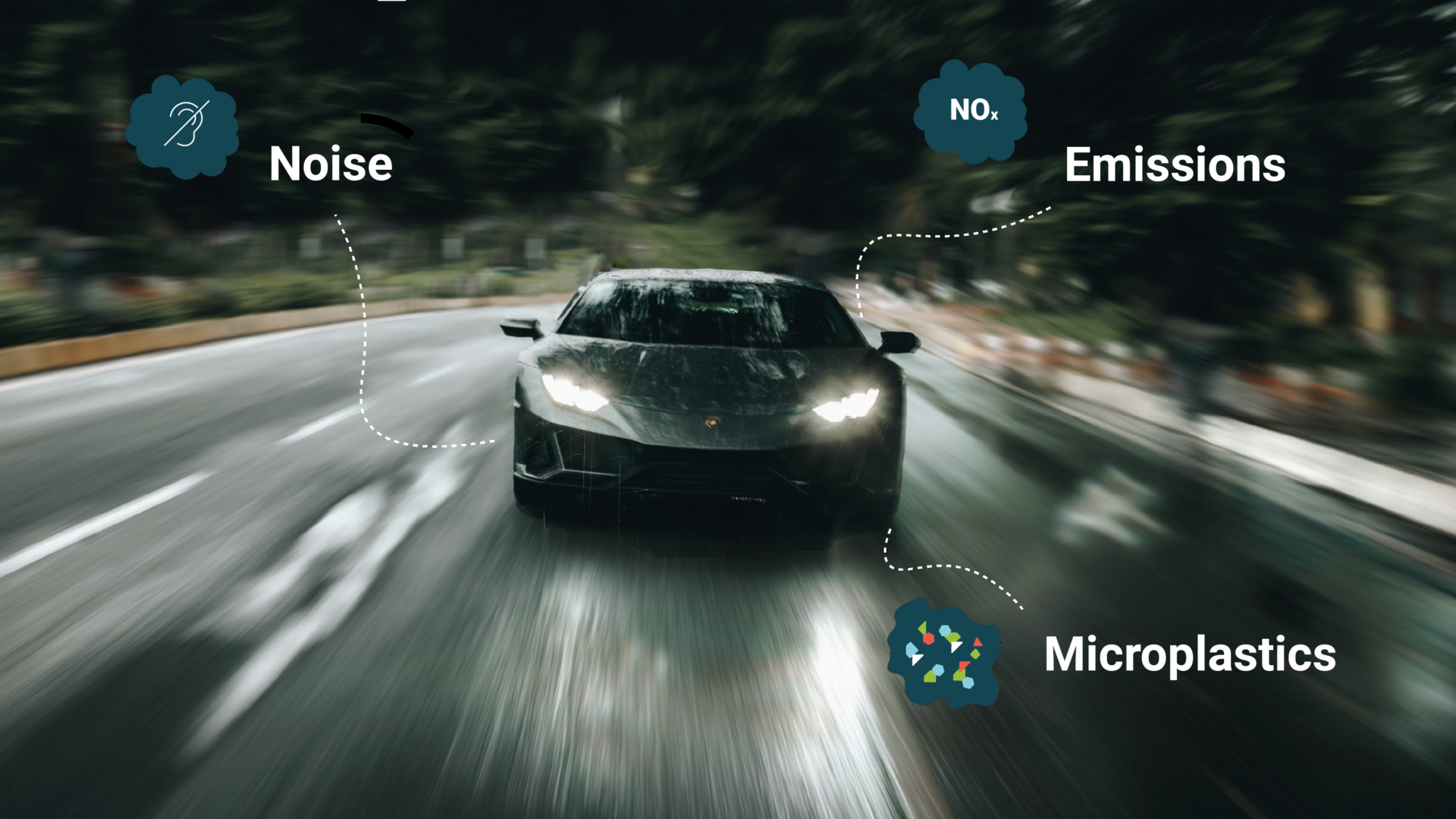
Low noise pavements for a quieter Europe
Noise reducing pavements are commonly applied on national and local roads to reduce harmful effects of road traffic noise on people, at least in The Netherlands. In a recent online event, the topic of low noise pavements was discussed in an online meeting organised by the European Commission, with some 200 attendees all across Europe. M+P's experience over the last 40 years, including recent developments in the NEMO project, was presented by our colleagues Ronald and Bert.
A recording of the event is available on YouTube and M+P's presentation on lessons learned is available here.
On 6 February 2024 Bert Peeters and Ronald van Loon presented some of their expertise on low noise road pavements in the online network and awareness meeting, organized by the CINEA - European Climate, Infrastructure and Environment Executive Agency. The event offered more than 200 participants the opportunity to exchange best practices and insights on the use of noise reducing road surfaces in Europe.
Attention was paid to new developments on low noise pavements from several EU-funded LIFE and Horizon2020 projects including the recently finished NEMO project. The role of such pavements as reduction measures in noise action plans, as required from Member States according to the Environmental Noise Directive, was discussed as well as the ongoing development of normative standards to regulate and label noise-reducing pavements based on their measured acoustic performance.
Towards the end of the meeting, all participants were allowed to vote on which actions are needed in the near future for the successful application of quiet road surfaces. The most important wish is to get a better grip on the acoustic degradation of these surfaces over time. Also, participants voted for a common designation and classification of standard pavement categories, along with appropriate noise emission factors to use for noise impact assessments and noise mapping. And finally, a need for information on costs and benefits for such surfaces was identified, which should include sustainability criteria. After all, any noise measure that is not sustainable cannot be successfully applied.
As presented by Bert and Ronald, a lot of expertise on precisely those topics has been gained in the Netherlands: Dutch national and local road authorities have been actively working with road contactors and knowledge partners to develop low noise pavements into a successful noise measure for over 40 years. It is now an essential tool in the Dutch strategy to curb road traffic noise. There is a lot of information available in the Netherlands that other countries can make use of and build upon.
The whole online meeting including M+P’s contribution has been recorded and can be revisited online. We look forward to following this up in 2024 and beyond, and hopefully making significant steps towards a significant noise reduction that will show in the next round of END noise maps.

